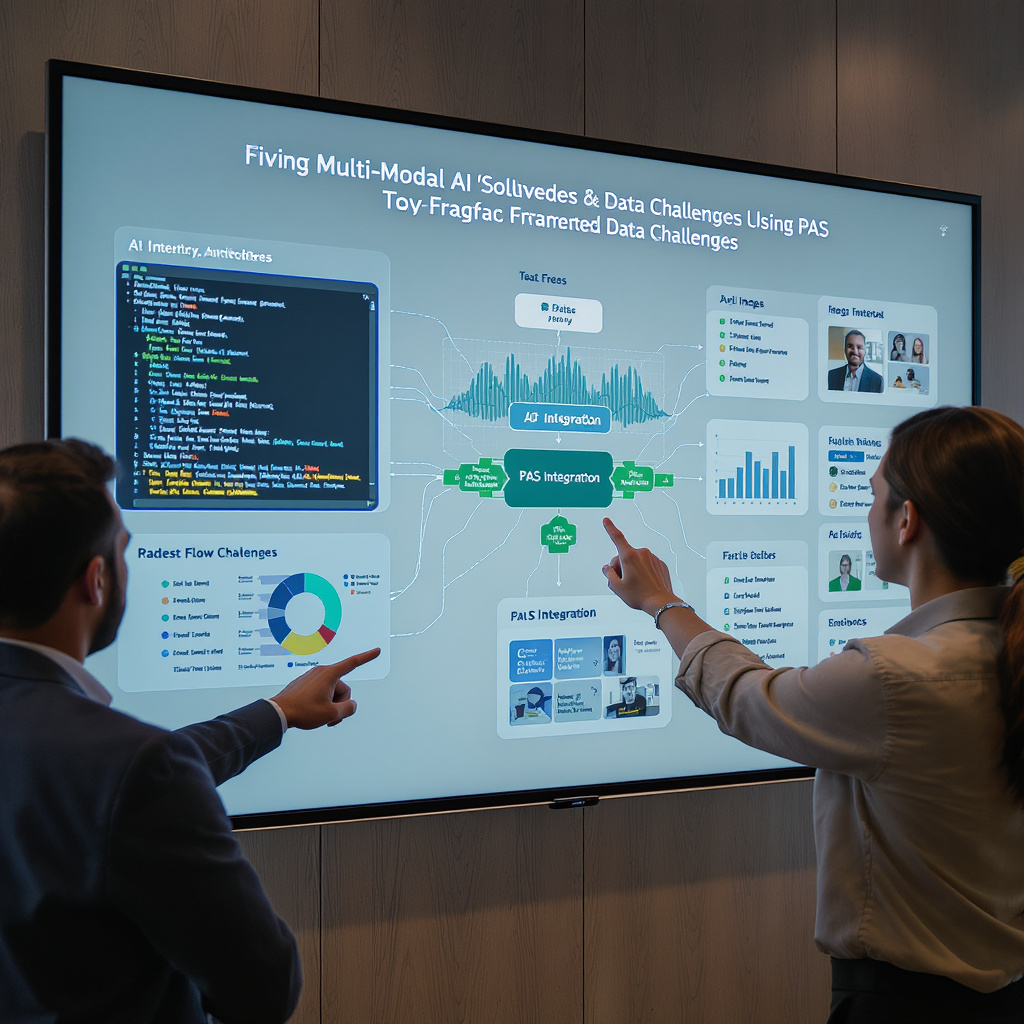
-
17/10/2025
Problem: Many organizations rely on separate AI systems for text, images and audio. These fragmented tools struggle to understand context, leading to incomplete insights, slow decision-making and frustrated users.
Agitate: Imagine missing a critical cue because your AI couldn’t match a voice command to a relevant image, or delivering misleading captions that confuse customers and damage your brand reputation. Every siloed modality adds friction—lost time, wasted budget and untapped revenue opportunities.
Solution: Multi-modal AI breaks down these silos by fusing text, vision and audio into unified models that operate like the human brain. Here’s how you can turn data chaos into seamless intelligence:
- Vision + Language: Automatically generate accurate alt-text captions for social media and e-commerce images to boost accessibility and engagement without manual tagging.
- Audio + Text: Transcribe meetings in real time with speaker identification, ensuring every comment is captured for faster follow-ups and more inclusive collaboration.
- Sensor Fusion: Combine LiDAR, camera feeds and GPS in autonomous vehicles for reliable navigation, rapid hazard detection and smoother passenger experiences.
To implement these solutions, start by aligning diverse datasets—image-caption pairs, audio transcripts and metadata—using transformer-based models like CLIP or ALIGN. Leverage no-code platforms (e.g., Google AutoML, RunwayML) or open-source libraries (Hugging Face Transformers, TensorFlow MultiModal) for rapid prototyping. Apply edge deployment and federated learning to keep sensitive data on device and continuously refine your models with anonymized user feedback.
Take Action: Embrace multi-modal AI today to unify your data streams, accelerate workflows and deliver personalized, context-aware experiences. Turn every pixel, word and sound into actionable insights that drive growth and customer loyalty.
